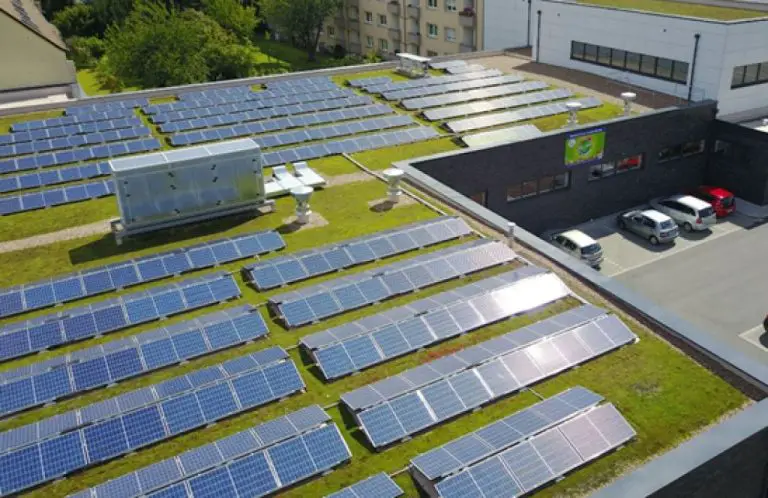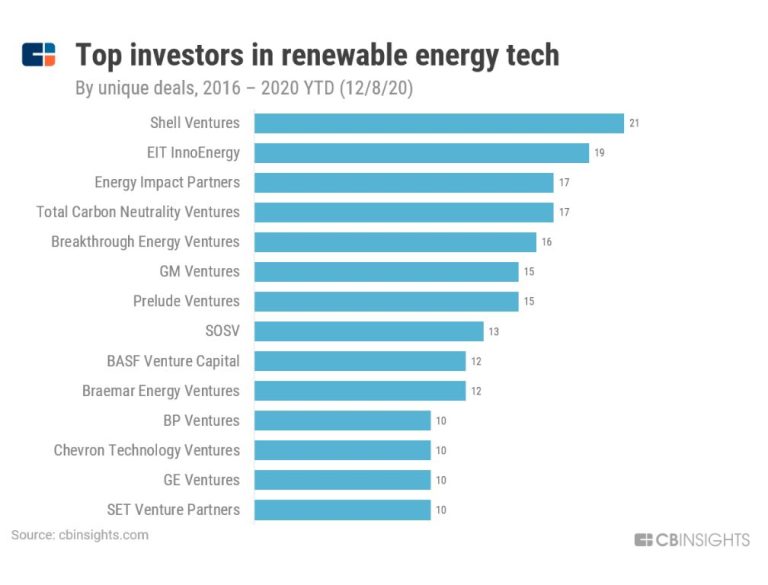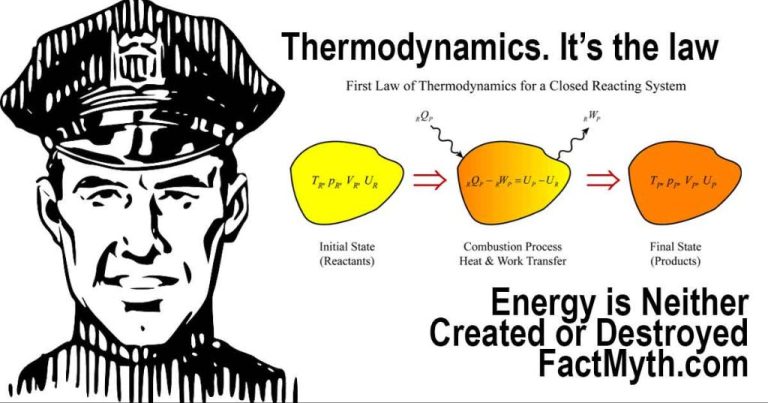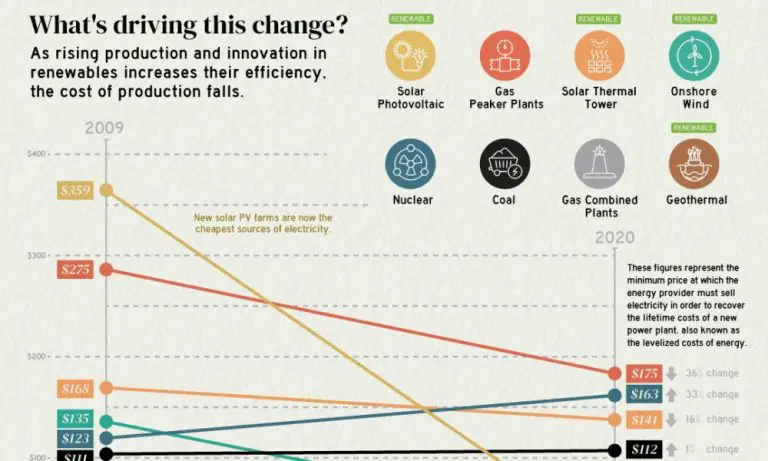Is Renewable Energy Cheaper
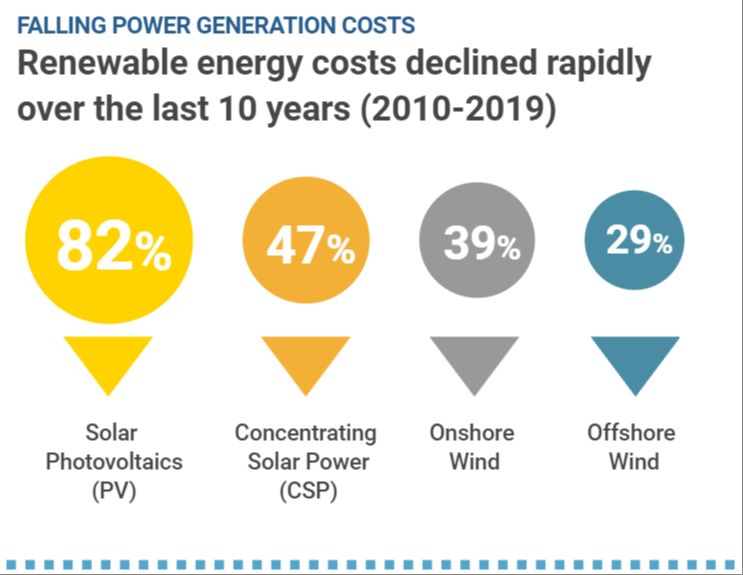
Renewable energy sources like solar, wind, hydro, and geothermal are becoming more prevalent as alternatives to conventional fossil fuel energy sources like coal, oil, and natural gas. With climate change and sustainability becoming increasingly important issues worldwide, understanding the costs of renewable energy compared to conventional sources is key.
This article will analyze the levelized costs, or average total lifetime costs, of various renewable energy technologies compared to fossil fuel power plants. We’ll look at the different factors that impact costs over the lifespan of an energy project to determine if renewable energy is truly cheaper than conventional sources.
The goal is to provide a comprehensive, objective comparison of energy costs and trends to shed light on whether renewables have achieved cost competitiveness.
Defining Renewable Energy
Renewable energy refers to energy derived from naturally replenished sources that can be harnessed indefinitely. According to the UN, renewable energy comes from sources such as sunlight, wind, water, plants, and geothermal heat (UN Climate Change). It replenishes faster than it is consumed and is considered clean energy with low to zero carbon emissions.
The most common types of renewable energy sources are:
- Solar – Converts sunlight into electricity using photovoltaic cells or generates heat using solar thermal collectors.
- Wind – Uses air flow through wind turbines to generate mechanical power converted into electricity.
- Hydroelectric – Harnesses the energy from flowing water to generate electricity using turbines.
- Geothermal – Uses heat from under the earth’s surface to generate electricity or provide heating/cooling.
- Biomass – Converts organic matter like plants, wood, waste, etc. into energy through combustion, fermentation or gasification.
Other renewable sources include tidal energy from ocean waves and currents, hydropower using waves or temperature differences in oceans, and hydrogen derived from sunlight, wind or biomass. Renewables provide sustainable energy with minimal pollution compared to fossil fuels.
Cost Factors for Renewable Energy
The key factors that determine the costs of renewable energy technologies include:
- Capital costs – The upfront investment required to install renewable energy systems. This includes costs for equipment, construction, permitting, etc. Capital costs tend to be higher for renewable energy compared to conventional sources.
- Operating costs – The ongoing costs to operate and maintain the systems over their lifetime. Operating costs tend to be lower for renewable energy since fuel costs are minimal.
- Capacity factors – The actual output over time compared to the maximum possible output. Capacity factors vary widely by technology and location. Lower capacity factors mean higher costs per unit of electricity generated.
- Integration costs – Expenses required to adapt the grid and electricity system to handle the variable and distributed nature of renewable generation. Higher shares of renewables require more integration investments.
- Financing costs – The cost to obtain debt and equity financing greatly impacts project economics. Renewables often face higher financing costs due to technology risks and policy uncertainty.
According to research by AURES II, capital costs and financing costs are particularly significant for renewable energy due to the capital-intensive nature of most renewable energy projects which require large upfront investments.
Sources:
https://orbit.dtu.dk/files/197901914/AURES_II_D5_1_final_uploaded_web_version.pdf
http://aures2project.eu/wp-content/uploads/2019/06/AURES_II_D5_1_final.pdf
Levelized Cost of Renewable Energy
The levelized cost of energy (LCOE) is a measure used to compare and evaluate the cost competitiveness of different energy generating technologies. For renewable energy sources like solar and wind, LCOE represents the average total cost to build and operate a power plant over an assumed lifetime divided by the total energy output generated over that lifetime. It allows comparison of renewable technologies to each other and to conventional energy sources.
According to analysis by Lazard, current LCOE estimates for utility-scale renewable energy range from $26-$44 per MWh for onshore wind, $29-$42 per MWh for solar PV, and $58-$144 per MWh for offshore wind. These costs have declined dramatically over the past decade as technologies have matured. For example, utility-scale solar PV costs fell 88% from 2009 to 2019. The most competitive renewable energy sources can now generate power at a lower LCOE than conventional coal and nuclear generation.
Cost Factors for Conventional Energy
The key cost factors for conventional energy sources like coal, natural gas, oil, and nuclear are fuel costs, operating and maintenance costs, and costs associated with environmental regulations (source):
Fuel costs make up a significant portion of the total cost for fossil fuel plants. Coal and natural gas prices can fluctuate, impacting operating costs over time. Nuclear plants require uranium fuel, the costs of which also vary.
Operating and maintenance costs account for staffing, repairs, upgrades, and general upkeep of plants and infrastructure. These costs are relatively stable over time.
Environmental regulations can increase costs for conventional energy. Upgrades to reduce air pollutants or water use often require major capital investments. Costs of waste storage and carbon emissions may also be imposed.
Levelized Cost of Conventional Energy
The levelized cost of energy (LCOE) is a measure used to compare the costs of different energy sources over the lifetime of the project. For conventional energy sources like fossil fuels and nuclear, the LCOE accounts for costs like construction, fuel, operations and maintenance, and financing. It divides these costs by the total electricity generated over the lifetime of the project to arrive at a dollar per megawatt hour ($/MWh) figure.
According to the U.S. Energy Information Administration, the estimated LCOE in 2020 for conventional coal plants was $65.99/MWh and natural gas combined cycle plants was $44.21/MWh. Nuclear power had an LCOE of $97.10/MWh. These costs can vary based on factors like fuel prices and regional construction costs. But in general, established conventional energy sources have relatively low LCOEs due to mature technologies and supply chains.
However, LCOE does not account for externalities like environmental and social costs. Sources like coal and natural gas have very low direct costs but produce air and water pollution that negatively impact human health and the environment (See: https://www.sciencedirect.com/science/article/pii/S1110016823011249). The LCOE of renewables rises significantly when carbon pricing and other environmental policies account for these externalized costs.
Comparing Costs
When comparing the costs of renewable energy versus conventional energy sources, the most comprehensive metric to use is the levelized cost of energy (LCOE). The LCOE represents the average total cost of building and operating an energy plant over its lifetime, per unit of energy generated. This allows an apples-to-apples comparison of different technologies.
According to an analysis by Energy Central, onshore wind has the lowest average LCOE at $59 per megawatt-hour. Utility-scale solar photovoltaics were close behind at $79 per MWh. In comparison, advanced nuclear power came in at $155 per MWh and coal power was $109 per MWh. Natural gas combined cycle plants were the lowest cost conventional source at $83 per MWh, but still higher than wind and solar [1].
When accounting for additional factors like health and environmental costs, renewables look even more cost-competitive. A study by Just Energy found the true cost of coal power could be over $500 per MWh when factoring in healthcare costs from pollution. Natural gas was estimated at around $250 per MWh including environmental costs [2].
Overall, renewable energy sources like wind and solar tend to have lower LCOEs than conventional sources. And when environmental and social costs are considered, renewables’ cost advantage is even more pronounced.
Non-Cost Factors
While costs are a major consideration when comparing renewable and conventional energy sources, there are other important non-cost factors to weigh as well:
Barriers to Renewable Energy Technologies – Renewable energy sources like solar and wind have zero fuel costs and minimal operating costs compared to fossil fuels. However, they require high initial investments which can be a barrier to adoption.
The Paradox of Declining Renewable Costs and Rising Electricity Prices – While renewable costs have declined, integrating intermittent renewables into the grid can be complex and require grid upgrades, leading to higher electricity prices in some areas.
Environmental impact – Renewables like solar and wind have minimal impacts on the environment compared to fossil fuels which produce air and water pollution. This can offset their higher costs.
Energy security – Renewables utilize domestic resources reducing reliance on imported fuels. This provides energy independence and supply security.
Health impacts – Conventional energy from sources like coal produces more air pollution which negatively impacts public health. Renewables avoid these impacts.
In summary, while renewable costs are competitive or even cheaper than conventional sources in some cases, non-cost factors like environmental benefits and energy security may justify higher prices for renewable energy in the future.
Recent Trends
Recent reports from the International Renewable Energy Agency (IRENA) show that renewables have become increasingly cost-competitive with conventional energy sources. IRENA’s 2022 report on renewable power generation costs found that between 2010 and 2022, costs for solar PV fell by up to 85%, while wind power costs fell up to 55%1. This downward trend in renewable costs has continued despite rising prices for raw materials, freight, and labor since the start of the COVID-19 pandemic.
In comparison, costs for fossil fuel electricity have remained relatively stable or even increased in recent years. According to IEA data, the levelized cost of electricity from new coal plants increased slightly from 2020 to 2021, while costs for new gas plants rose significantly over the same period2. This has further closed the gap between renewable and conventional energy costs.
As a result of these trends, IRENA estimates that over 90% of all new power generation capacity added in 2021 came from renewable sources. With continuously improving technology and economies of scale, renewables are likely to maintain their cost advantage over conventional energy in the years ahead.
Conclusion
Based on the analysis, renewable energy is often cheaper than conventional fossil fuels for electricity generation. Key takeaways and insights include:
– Levelized costs show that renewables like solar PV, wind, and geothermal are frequently less expensive per kWh than coal and gas.
– Costs for renewables have fallen dramatically in recent years while fossil fuel costs have been volatile and rising.
– While upfront capital costs for renewables can be higher, their minimal fuel costs and operating expenses make them cheaper over the project lifetime.
– Geographic differences affect competitiveness – renewables excel in sunny, windy or geothermally active areas.
– Non-cost factors like environmental benefits also favor renewables over fossil fuels in many instances.
– With continued technological improvements and cost declines, renewables are likely to expand their cost advantage relative to conventional energy.
– Though intermittency poses challenges, storage and transmission solutions exist to integrate higher shares of renewables cost-effectively.

